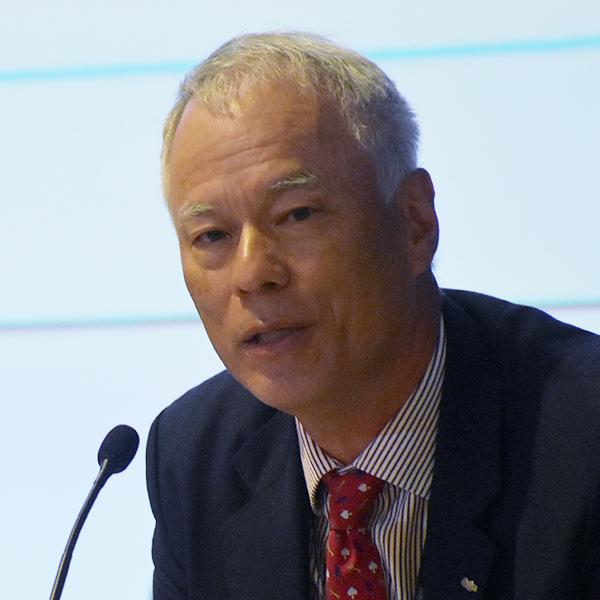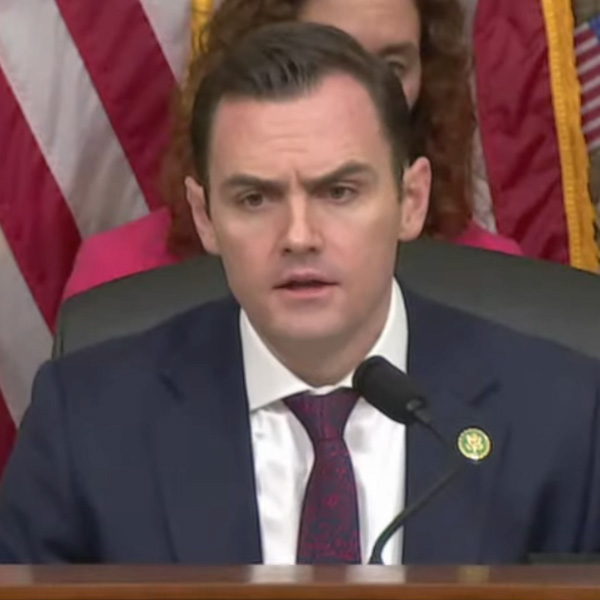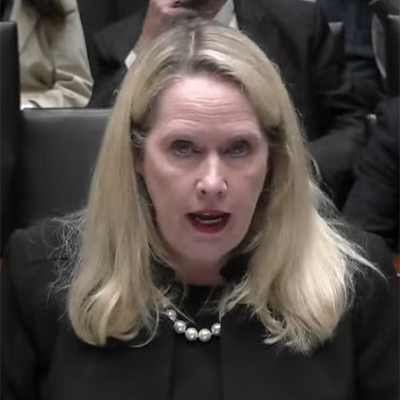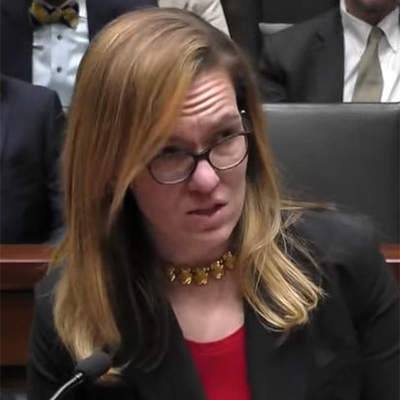The few details released on New York’s potential next wave of offshore wind projects indicate continued efforts to expand the human and industrial infrastructure critical to offshore development.
They also indicate a 28% shrinkage: Contracts for all four projects that previously were contracted by the state have been or will be cancelled. They had a combined 4,230 MW of capacity, but the three proposals submitted by the Jan. 25 deadline would be a maximum of 3,034 MW.
Three gigawatts is a respectable figure, given the struggles the offshore wind industry experiences as it establishes itself in the United States. (Four other Northeast states have seen contract cancellations in the past year.)
And New York is in advanced negotiations for three other projects it awarded provisional contracts in October 2023 — their total capacity is 4,032 MW. (See NY Announces Renewable Energy Projects Totaling 6.4 GW.) Final contract execution may come as soon as this quarter.
If they all come to pass, these six projects would total 7 GW, and get the state most of the way to its 2035 goal of 9 GW.
Beyond that, developers cancelled New York contracts for two other projects totaling 2,470 MW. But they did not cancel the projects themselves — they could be rebid into a future solicitation, though not necessarily New York’s.
The three proposals submitted to the New York State Energy Research and Development Authority on Jan. 25 were Community Offshore Wind 2, Empire Wind 1 and Sunrise Wind.
The names are familiar: Empire and Sunrise hold contracts that still officially are in effect but will be cancelled regardless of whether the projects win new contracts. And Community Offshore Wind 1 was one of the provisional contract awardees in October.
Equinor and Ørsted both are moving to terminate their joint ventures and proceed solo on Empire and Sunrise, respectively. (See Offshore Wind Reset Complete in New York.)
Both are mature plans with many regulatory and logistical hurdles already cleared, giving them a yearslong head start over newer proposals in a region of the state predicted to be at growing risk of capacity shortfalls as soon as 2025.
The proposals submitted Jan. 25 illustrate the long timelines at play: Community’s projected commercial operations date is not until 2031. Sunrise projects commercial operations in 2030 if it is built to be ready for a meshed offshore transmission system, or 2026 if it is not meshed-ready. Empire also projects power generation starting in 2026.
Most other details are redacted in the public versions of their supporting documentation.
Equinor and Ørsted have continued actively moving the projects forward since declaring in June 2023 that the existing contracts were untenable without more money from the state, and since the state in October 2023 said no more money would be forthcoming. (See OSW Developers Seeking More Money from New York and New York Rejects Inflation Adjustment for Renewable Projects.)
The latest update: On Feb. 1, Equinor announced New York City had approved its design for an offshore wind operations and maintenance building at the South Brooklyn Marine Terminal, a 73-acre facility the company envisions as an onshore hub for offshore construction and operations — both for itself and other developers.
Ørsted, meanwhile, continues preparatory work for the onshore electrical infrastructure upgrades Sunrise would need. It plans to set up an operations and maintenance hub on the north shore of Long Island as part of the Sunrise project and open it in the third quarter of 2024.
Community Offshore Wind is a collaboration by RWE and National Grid Ventures. In the summary of their proposal, they said they have made allowances for the economic risks and supply chain uncertainties that have bedeviled offshore wind developers since late 2022. The Community projects are designed with the flexibility needed to overcome these challenges, they added.
Additionally, Community proposes nearly $50 million in workforce and supply chain investments; Equinor has been funding the Offshore Wind Innovation Hub; and Ørsted has funded the National Offshore Wind Training Center.




